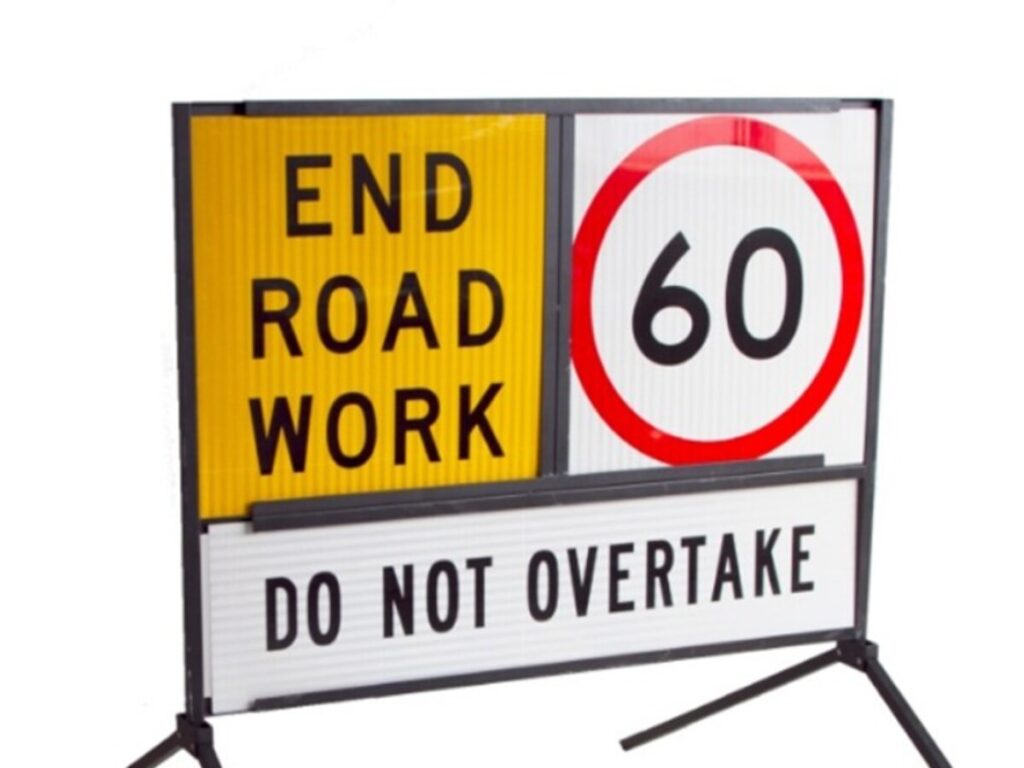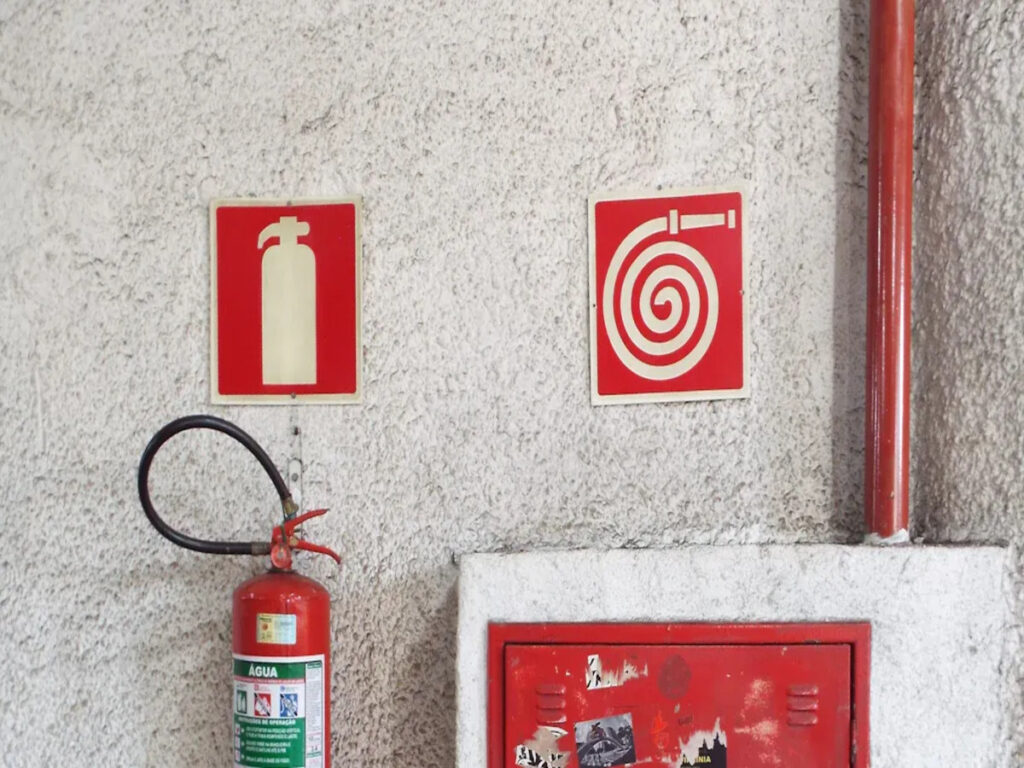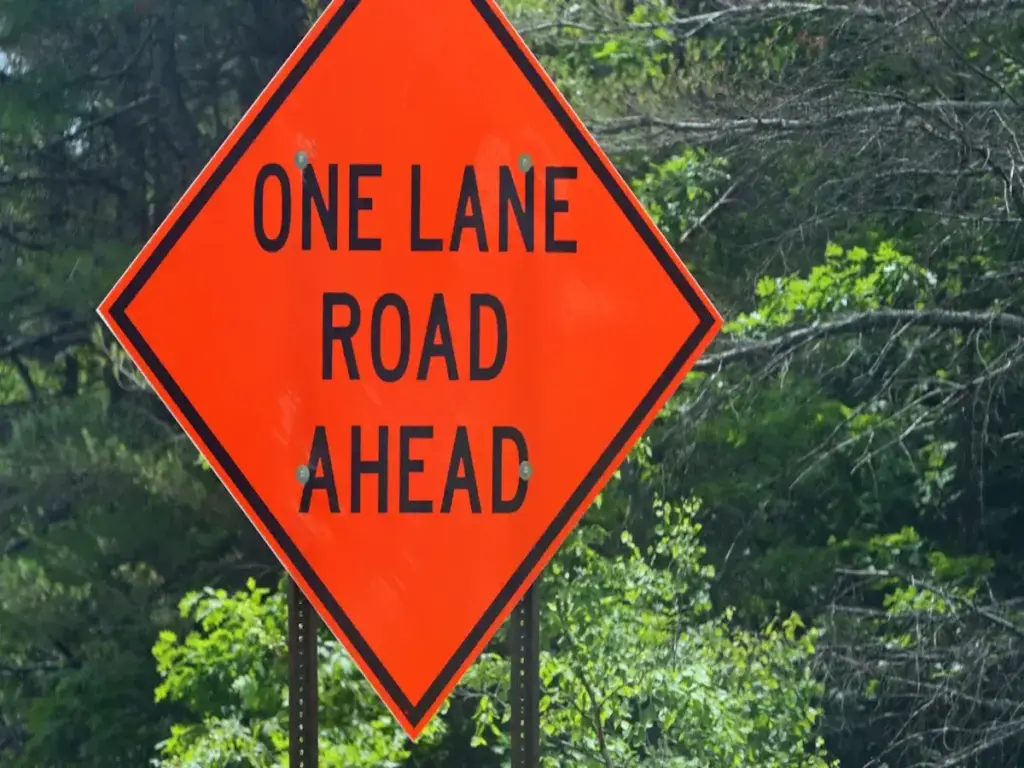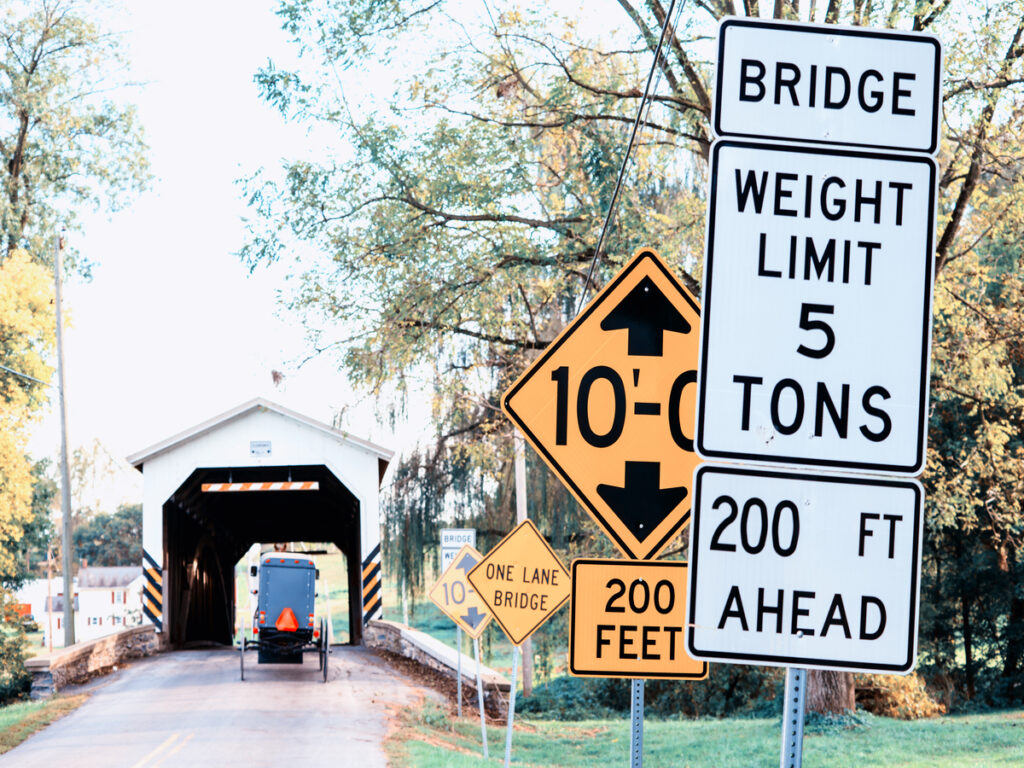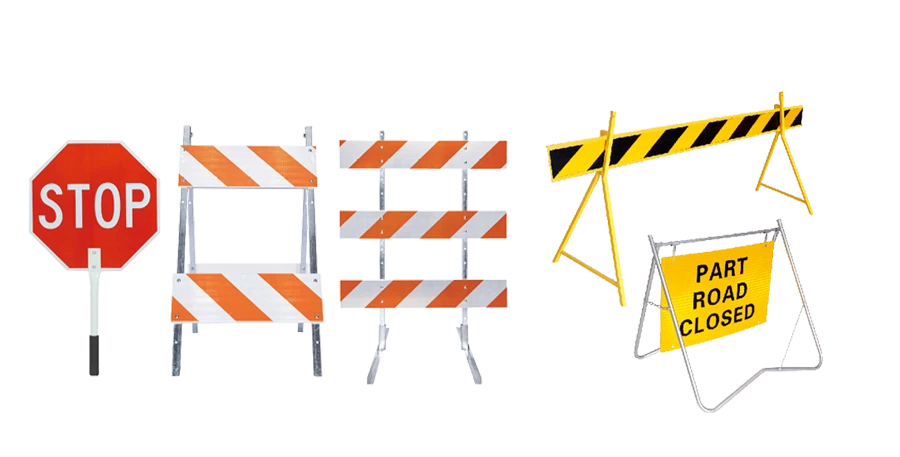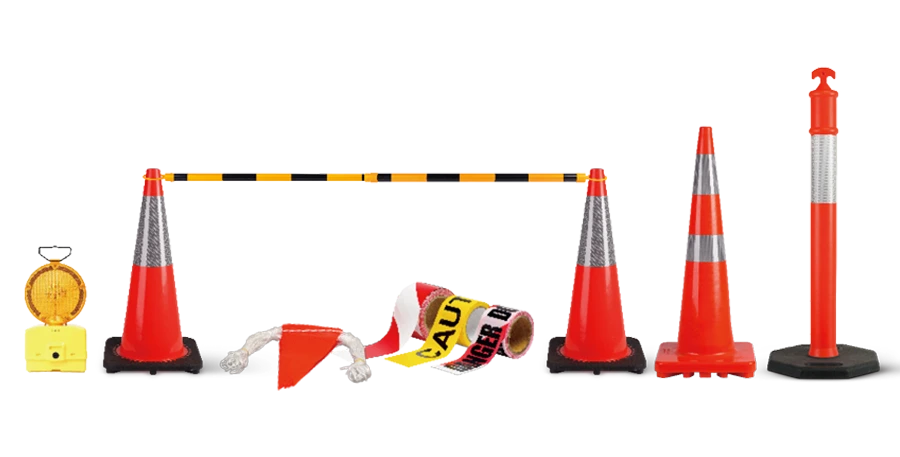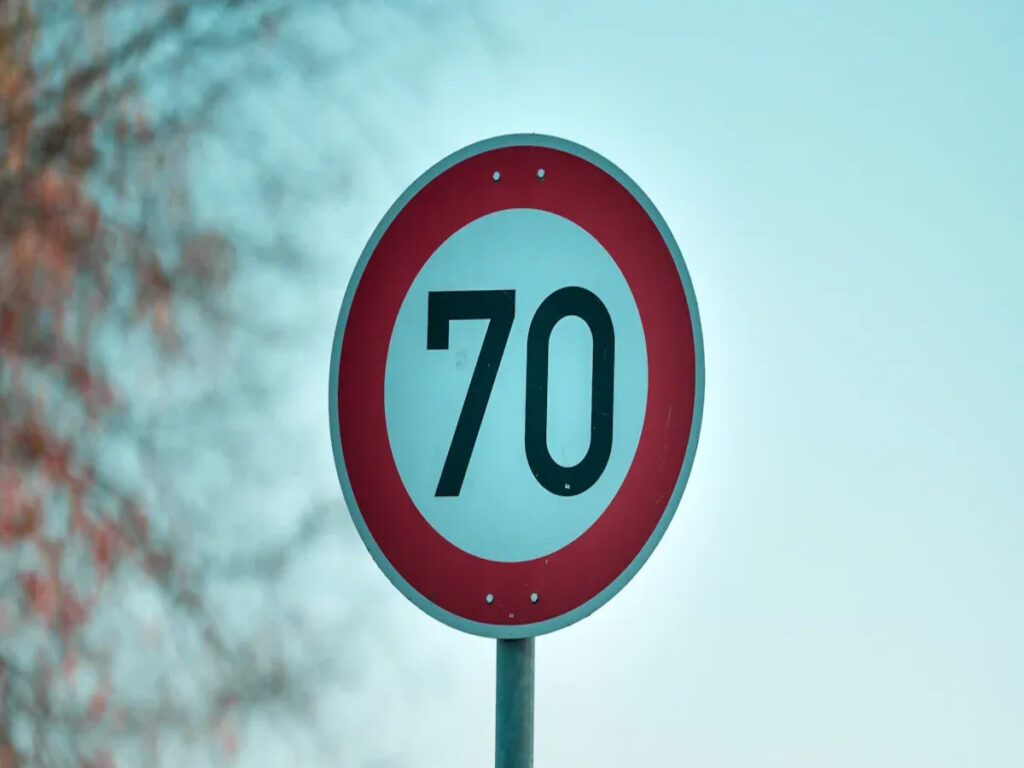
Os sinais de trânsito desempenham um papel crucial na manutenção da segurança e da ordem nas estradas do Reino Unido, orientar motoristas e pedestres. No entanto, garantir que estes sinais permaneçam eficazes vai além do seu design e colocação. A durabilidade e a conformidade dos sinais de trânsito dependem fortemente da qualidade e das especificações dos seus sistemas de montagem - especificamente, os suportes de sinalização rodoviária. No Reino Unido, regulamentos estritos regem não apenas os sinais em si, mas também os colchetes que os mantêm no lugar. Compreender esses regulamentos é essencial para as autoridades locais, contratados, e fornecedores para garantir que a sinalização rodoviária cumpra as normas legais, permanece visível sob todas as condições, e resiste aos desafios ambientais.
Este blog explora as principais regulamentações de sinalização de trânsito do Reino Unido relacionadas aos suportes de sinalização rodoviária e explica como a seleção e instalação adequadas dos suportes contribuem para a segurança no trânsito e a conformidade regulatória.
Takeaways -chave
- Os suportes de sinalização rodoviária mantêm os sinais estáveis e fáceis de ver, parar acidentes.
- Materiais fortes como aço galvanizado ou alumínio evitam a ferrugem e duram mais.
- A verificação dos suportes a cada seis meses detecta danos precocemente e mantém as estradas seguras.
- Seguir as regras de trânsito do Reino Unido evita problemas legais e reduz os custos de reparação de acidentes.
- Um bom cuidado com os braquetes torna os sinais mais claros, ajudando o tráfego a se mover com segurança e tranquilidade.
Visão geral das regras e direções dos sinais de trânsito
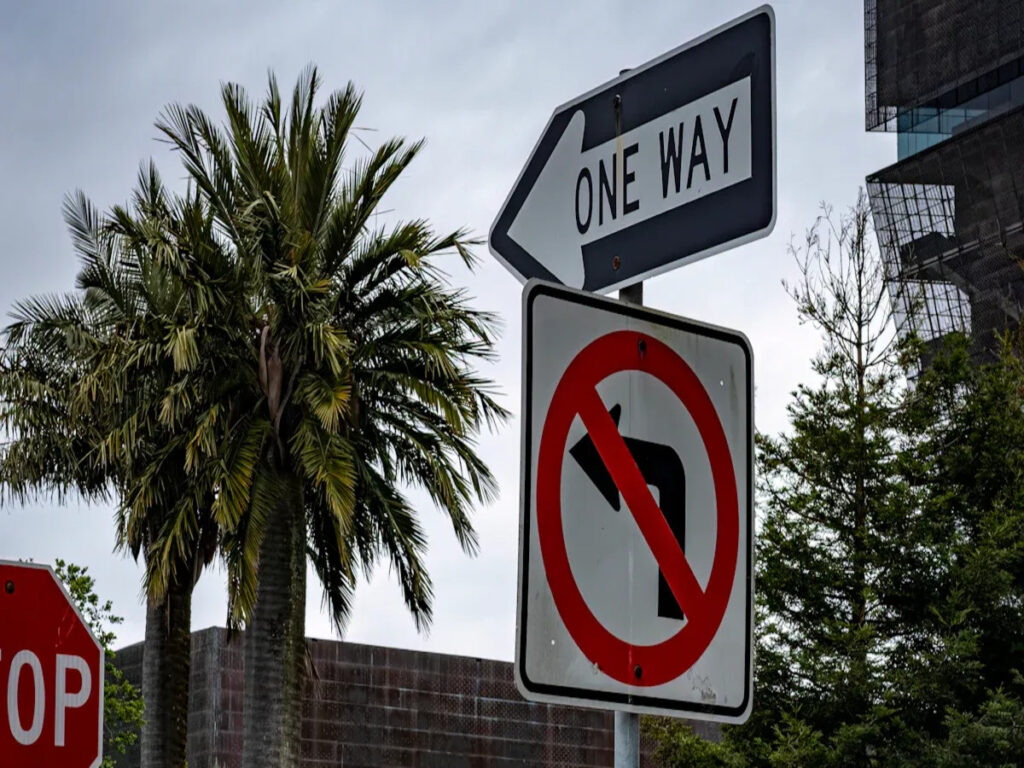
Regras legais para sinais de trânsito
No Reino Unido, os sinais de trânsito devem seguir regras rígidas para permanecerem claros e fortes. Essas regras estão listadas no Regulamentos de sinais de trânsito e direções gerais (Tsrgd). O TSRGD explica como devem ser os sinais, para onde eles vão, e como eles são fáceis de ver. Garante que cada sinalização transmita a mensagem certa aos motoristas e pedestres.
A Lei das Rodovias 1980 trabalha com o TSRGD atribuindo aos conselhos a tarefa de cuidar de estradas e sinalização. O Departamento de Transporte (Dft) também compartilha conselhos para ajudar os conselhos a seguir as regras nacionais. Este conselho é encontrado no manual de sinalização de trânsito, que é um guia útil para permanecer dentro da lei.
Aqui está uma tabela que mostra os principais documentos legais para sinais de trânsito no Reino Unido:
| Nome do documento | O que cobre |
|---|---|
| Tsrgd | Lista regras legais para sinais, como design e materiais. |
| Lei de rodovias 1980 | Explica conselhos’ deveres para manter estradas e sinais em bom estado. |
| Diretrizes DfT | Oferece dicas para ajudar os conselhos a atender aos padrões nacionais. |
| Padrões britânicos | Define regras de qualidade para materiais e design para manter a sinalização forte. |
Regras para suportes de sinalização rodoviária
Os colchetes dos sinais de trânsito são essenciais para seguir as regras dos sinais de trânsito. Eles devem segurar os sinais com firmeza para que fiquem claros e fáceis de ler. O TSRGD diz que os suportes devem ser resistentes o suficiente para suportar o vento, tremendo, e mau tempo.
O manual de sinalização de trânsito sugere o uso de suportes feitos de materiais resistentes como aço galvanizado ou alumínio. Esses materiais não enferrujam e permanecem resistentes por anos. Os colchetes devem ser colocados na altura e no ângulo corretos para facilitar a visualização dos sinais. São necessárias verificações regulares para impedir danos que possam tornar as estradas inseguras.
Seguindo estas regras, você ajuda a manter as estradas seguras e cumprir a lei.
Padrões de projeto para suportes de sinalização rodoviária
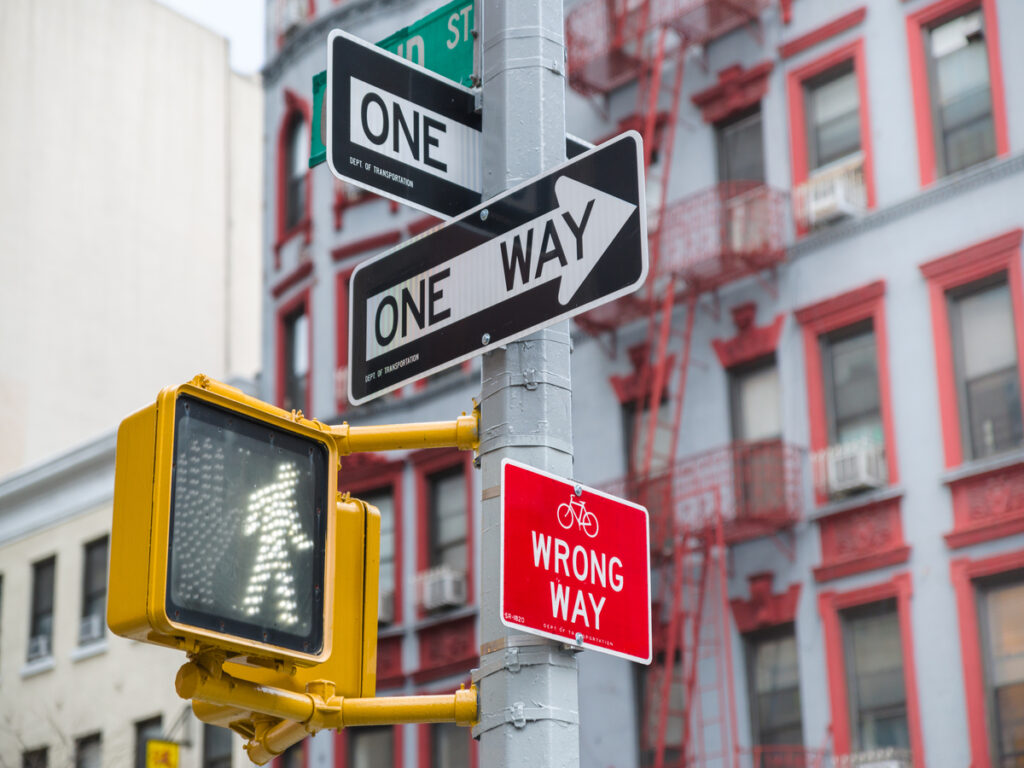
Requisitos de resistência e durabilidade
Os suportes de sinalização rodoviária devem ser fortes e durar muito tempo. Eles precisam lidar com condições difíceis como o vento, tremendo, e impactos. Testes mostram que materiais como concreto podem suportar cargas pesadas sem quebrar. O concreto utilizado nos suportes apresenta níveis de resistência de 28 MPa para pressão e 4.5 MPa para flexão. Isso significa que os colchetes permanecem sólidos e não quebram ou dobram facilmente.
Testes de congelamento e degelo mostram como os colchetes sobrevivem ao frio e à chuva. O concreto curado com calor e água é 36% melhor no tratamento de ciclos de congelamento e descongelamento do que concreto curado com água. Fibras de aço adicionadas ao concreto tornam-no 52% mais resistente ao desgaste. Isso mantém os colchetes fortes e com menor probabilidade de se desgastarem com o tempo.
A escolha de colchetes que atendam a essas regras ajuda a manter a sinalização clara e as estradas seguras para todos.
Materiais e resistência à corrosão
Escolher os materiais certos para os braquetes é importante para uma utilização duradoura. Aço galvanizado, alumínio, e o aço inoxidável são boas escolhas porque não enferrujam facilmente. Testes verificam como materiais como prata, cobre, e o chumbo reagem ao calor e à umidade. Esses testes ajudam a mostrar a durabilidade dos materiais, mesmo que não correspondam totalmente às condições do mundo real.
Os testes de corrosão necessitam de verificação cuidadosa e regras claras. Sobre 40 existem maneiras de padronizar esses testes, mostrando a necessidade de métodos consistentes. O aço galvanizado ainda é uma escolha confiável para braquetes porque permanece forte e tem boa aparência ao longo do tempo.
Usar materiais que resistem à ferrugem significa menos necessidade de fixação. Ele também mantém os sinais claros e fáceis de ver, Mesmo com mau tempo.
Diretrizes de instalação e manutenção
Instalar e cuidar adequadamente dos suportes é muito importante. Todas as peças devem ser fixadas firmemente para evitar que falhem. Os suportes devem ter o tamanho certo para evitar danos e funcionar bem.
Protegendo os suportes da chuva, neve, e o calor os ajuda a durar mais. Um bom fluxo de ar evita o superaquecimento e mantém as peças internas seguras.
Colocar suportes em locais de fácil acesso torna mais simples fixá-los. Isso economiza tempo e mantém a sinalização visível e seguindo as regras.
Seguindo estas etapas, você ajuda a tornar as estradas mais seguras e garante que os suportes funcionem bem por muito tempo.
Tipos de suportes de sinalização rodoviária no Reino Unido
Suportes permanentes para sinalização rodoviária
Os colchetes permanentes são feitos para uso a longo prazo. Eles possuem placas que orientam o trânsito ou mostram vagas de estacionamento. Esses suportes usam materiais fortes como Aço galvanizado ou alumínio. Sua resistência mantém os sinais estáveis durante tempestades ou ventos fortes.
Escolha colchetes permanentes que sigam as regras do Reino Unido para altura e visibilidade. Eles devem segurar firmemente os sinais para impedir acidentes. Verificações regulares ajudam a encontrar danos antecipadamente, mantendo as estradas seguras para todos.
Suportes temporários para sinais de trânsito
Colchetes temporários são úteis para necessidades de curto prazo. Eles são usados durante obras rodoviárias, eventos, ou emergências. Esses suportes são leves e simples de configurar. Eles facilitam a colocação de placas para motoristas e pedestres.
Materiais como alumínio ou plástico são comuns para braquetes temporários. Eles não enferrujam e são fáceis de mover quando necessário. Certifique-se de que esses colchetes atendam às regras legais de estabilidade e visibilidade. Um bom posicionamento evita confusão e mantém o tráfego fluindo sem problemas.
Dica: Sempre inspecione os suportes temporários quanto a danos antes de usá-los. Isso os mantém seguros e eficazes.
Projetos de colchetes urbanos e rurais
As áreas urbanas e rurais precisam de designs de suporte diferentes. Nas cidades, colchetes seguram placas de estacionamento, paradas de ônibus, ou cruzamentos. Esses colchetes são pequenos e combinam com o ambiente.
Em áreas rurais, braquetes enfrentam condições mais difíceis. Eles seguram placas para estradas estreitas, fazendas, ou avisos sobre vida selvagem. Escolha suportes que sejam extra fortes para resistir ao vento e à chuva.
Uma tabela mostrando as diferenças:
| Tipo de área | Usos comuns | Principais recursos |
|---|---|---|
| Urbano | Sinais de estacionamento, paradas de ônibus | Pequeno, combina com o ambiente |
| Rural | Avisos sobre vida selvagem, sinais de fazenda | Forte, lida com o mau tempo |
A escolha do design de suporte correto mantém a sinalização clara e segue as regras do Reino Unido.
Importância de seguir as regras dos sinais de trânsito
Problemas de segurança por ignorar regras
Não seguir as regras dos sinais de trânsito pode causar problemas de segurança. Se os sinais não estiverem configurados ou fixados corretamente, Os motoristas podem ficar confusos. Essa confusão pode levar a acidentes, especialmente perto de obras rodoviárias ou zonas de estacionamento. Por exemplo, colchetes fracos podem deixar os sinais caírem ou inclinarem. Isso dificulta a leitura dos sinais durante mau tempo ou trânsito intenso.
Pesquisa mostra que seguir as regras de trânsito ajuda a reduzir acidentes. Um estudo em Kampala, Uganda, encontrou uma ligação entre obedecer às regras e estradas mais seguras. A conexão foi medida em 0.349. Outro estudo no Irã mostrou uma ligação semelhante, com uma pontuação de 0.32. Esses estudos comprovam que fixar e manter a sinalização em bom estado é importante para a segurança.
Quando os sinais são claros e constantes, estradas se tornam mais seguras para todos. Os motoristas podem entender melhor os sinais, o que diminui a chance de acidentes.
Problemas jurídicos e financeiros
Quebrar as regras dos sinais de trânsito pode levar a grandes multas e problemas legais. Câmaras e trabalhadores devem seguir regras rigorosas na colocação de sinalização. Se eles não, eles poderiam enfrentar ações judiciais ou perder permissão para empregos futuros.
Por exemplo, suportes danificados podem tornar os sinais de estacionamento pouco claros. Isso pode fazer com que os motoristas estacionem incorretamente, levando a multas ou discussões. Sinais ausentes ou pouco claros em zonas de estacionamento também podem confundir os motoristas. Isto cria problemas na aplicação das regras e custa dinheiro.
Acidentes causados por maus sinais podem aumentar custos de seguros. As seguradoras podem culpar você por não cumprir as regras, tornando reparos e reclamações mais caras.
Boas razões para usar colchetes adequados
Using brackets that follow the rules has many benefits. Strong brackets keep signs steady and easy to see, even in storms or heavy traffic. This makes roadworks and parking zones safer and reduces accidents.
Good brackets also save money on repairs. Materials like galvanised steel and aluminium don’t rust easily. This means brackets last longer and need fewer fixes.
Clear signs help drivers park correctly and follow rules in parking zones. This improves traffic flow and avoids enforcement problems.
Choosing proper brackets helps make roads safer, economiza dinheiro, and keeps signs within the law.
Road sign brackets are important for following UK traffic rules. They keep signs clear, estável, and helpful for drivers and walkers. Picking the right brackets makes roads safer and avoids legal trouble. Verificar e fixar os colchetes geralmente os ajuda a durar mais e a funcionar melhor. Isso também economiza dinheiro e mantém a sinalização confiável.
Dica: Use materiais resistentes e instale os suportes adequadamente para segurança e conformidade.
Perguntas frequentes
O que são suportes de sinalização rodoviária, E por que eles são importantes?
Os suportes de sinalização rodoviária seguram as placas firmemente para impedi-las de se mover. Eles mantêm a sinalização estável em mau tempo ou quando as estradas tremem. Colchetes fortes impedem acidentes e seguem as regras de trânsito do Reino Unido. Isso ajuda a manter as estradas seguras para todos.
Quais materiais são melhores para suportes de sinalização rodoviária?
Bons materiais incluem aço galvanizado, alumínio, e aço inoxidável. Esses materiais não enferrujam e permanecem fortes em condições climáticas adversas. Usar estes faz com que os suportes durem mais e precisem de menos reparos. Isso mantém a sinalização clara e segue as regras do Reino Unido.
Com que frequência os suportes de sinalização rodoviária devem ser inspecionados?
Verifique os colchetes com frequência, aproximadamente a cada seis meses. Verificações regulares detectam danos precocemente e mantêm a sinalização segura. Isso ajuda a evitar acidentes e problemas com a lei.
Os colchetes temporários podem atender aos regulamentos de trânsito do Reino Unido?
Sim, colchetes temporários podem seguir as regras do Reino Unido se usados corretamente. Materiais leves como alumínio ou plástico funcionam bem para sinalização de curto prazo. Certifique-se de que eles estejam posicionados corretamente e fáceis de ver. Isso evita a confusão e mantém as estradas seguras.
O que acontece se os suportes de sinalização rodoviária não cumprirem os regulamentos?
Colchetes ruins podem causar acidentes, multas, e problemas legais. Colchetes fracos podem fazer com que os sinais caiam ou inclinem, motoristas confusos. Seguir as regras mantém as estradas seguras e evita penalidades ou culpa.

